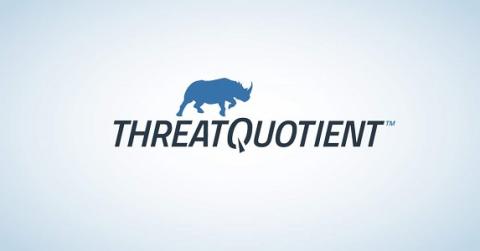Ethics, Design and Cybersecurity
If you work in an organization, you’ve probably had to take a cybersecurity training course at some point during your time there. Regardless of whether you work in cybersecurity or not, most of us breeze through the slides or videos, halfway listening to the warnings about spear phishing emails and hacking tactics. We complete the training and then we tuck away the lessons learned until the next year when we have to do it all again.











